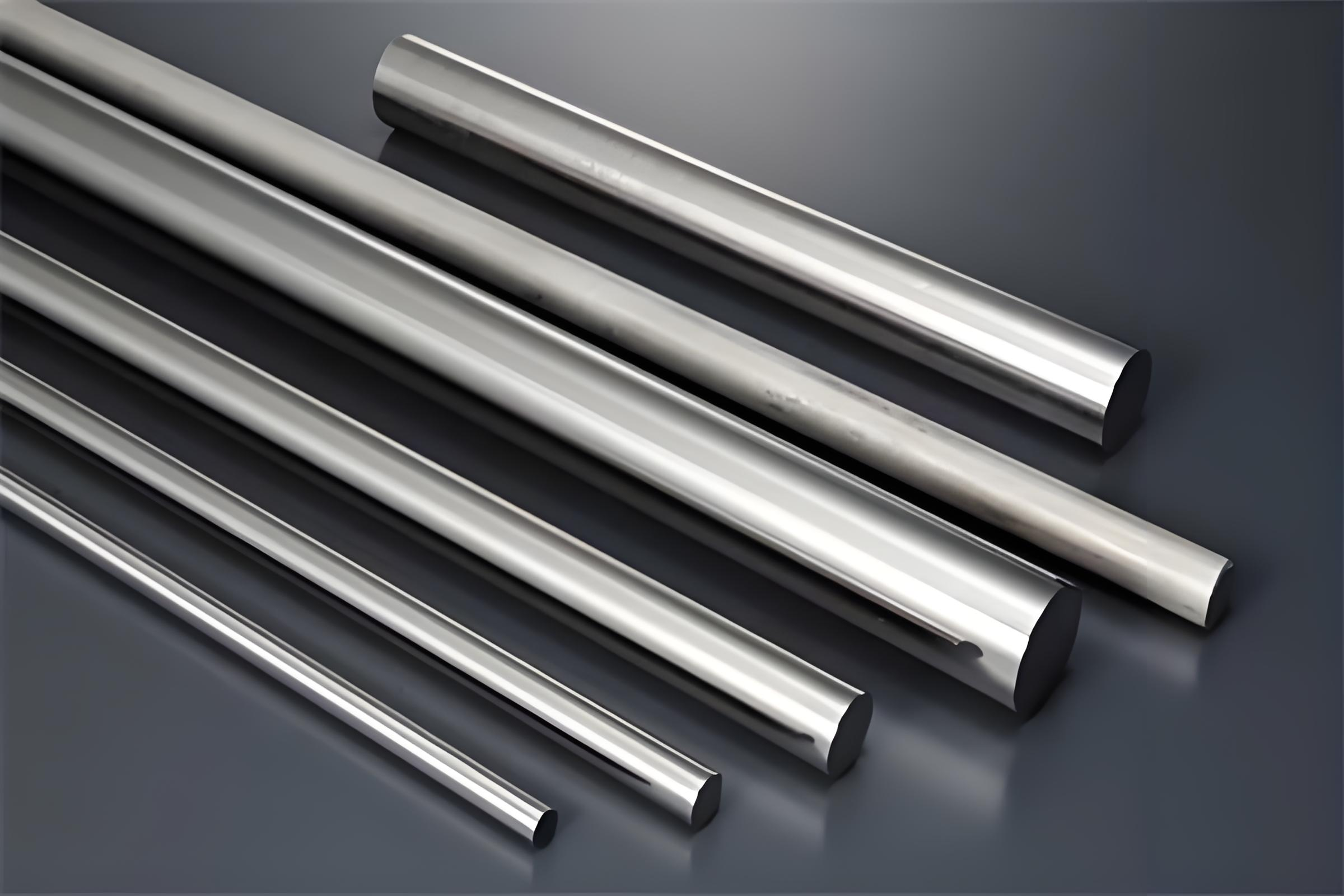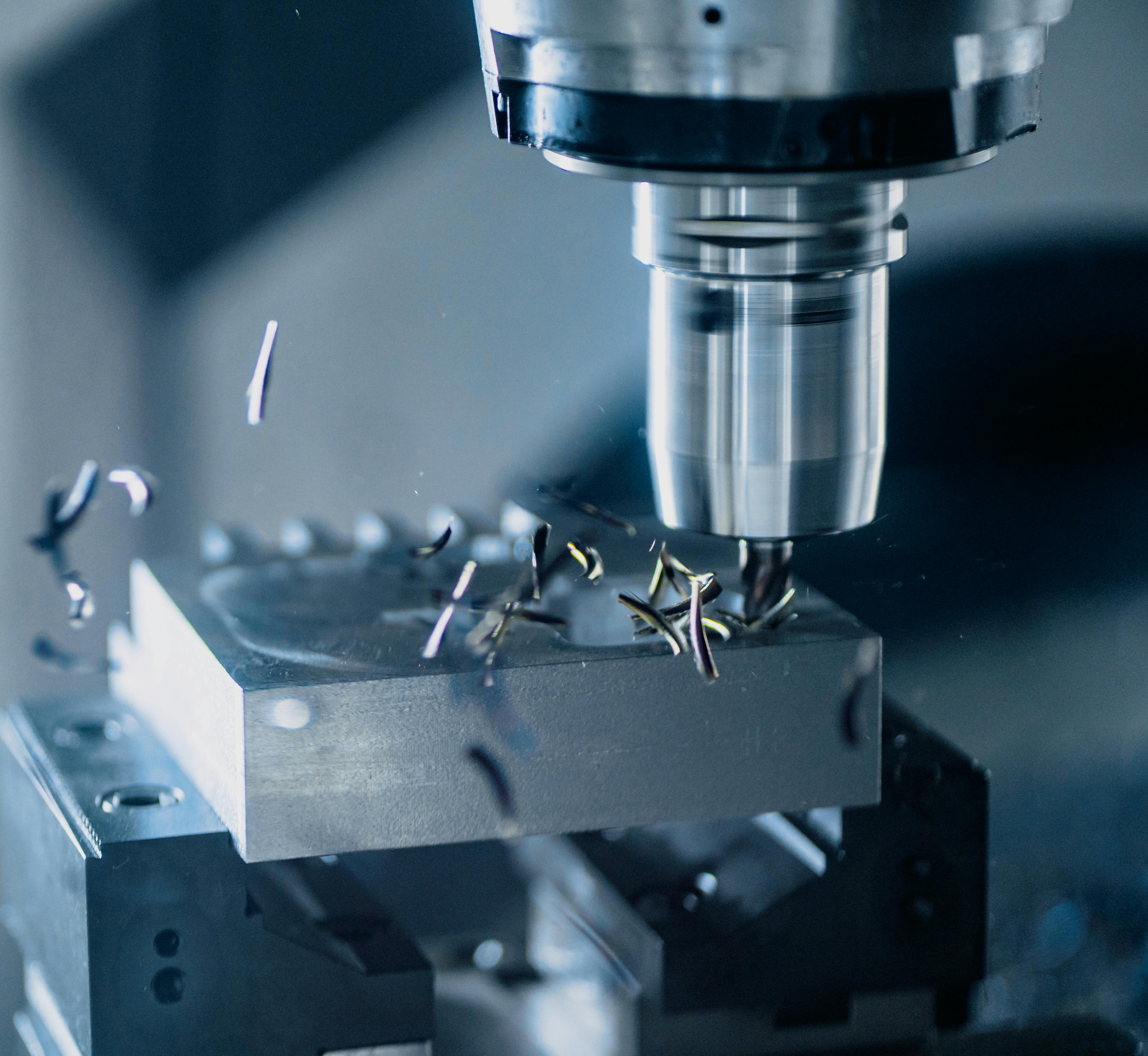Email format error
Email cannot be empty
Email already exists
6-20 characters(letters plus numbers only)
The password is inconsistent
Email format error
Email cannot be empty
Email does not exist
6-20 characters(letters plus numbers only)
The password is inconsistent


The Ultimate Guide to Brake Caliper Materials: CNC Machining and Custom Parts
Brake calipers are crucial components in any vehicle’s braking system, acting as the mechanism that houses the brake pads and presses them against the rotor to slow down or stop the vehicle. The materials used in their manufacturing significantly impact performance, safety, and longevity. In this comprehensive guide, we’ll explore the various materials commonly used for brake calipers, their benefits and drawbacks, and considerations for choosing the right material, including CNC machining and custom parts.
Understanding Brake Caliper Materials
The choice of material in brake caliper manufacturing is primarily influenced by factors such as weight, strength, heat dissipation, corrosion resistance, and cost. The most popular materials used in the production of brake calipers include aluminum, cast iron, and composite materials.
1. Aluminum Brake Calipers
Lightweight and Performance-Oriented
Aluminum brake calipers are increasingly popular in modern automotive design, especially in high-performance vehicles. One of the key advantages of aluminum is its lightweight nature, which contributes to improved fuel efficiency and overall vehicle performance. Lighter calipers reduce unsprung weight, enhancing handling and responsiveness.
CNC Machining for Precision
Aluminum is particularly well-suited for CNC (Computer Numerical Control) machining, allowing for high precision and intricate designs. This capability is crucial for manufacturers aiming to create custom parts tailored to specific performance requirements, ensuring optimal fit and function.
Heat Dissipation and Corrosion Resistance
Aluminum also excels in heat dissipation, maintaining optimal braking performance and reducing the risk of brake fade. Additionally, its natural corrosion resistance, enhanced through anodizing processes, makes it suitable for vehicles exposed to moisture and road salt.
Cost Considerations
However, aluminum brake calipers can be more expensive to manufacture than their cast iron counterparts, impacting the overall cost of a vehicle, especially in custom builds.
2. Cast Iron Brake Calipers
Strength and Durability
Cast iron brake calipers have been a staple in automotive manufacturing for decades. They are renowned for their strength and durability, making them ideal for heavy-duty applications. The robust nature of cast iron ensures that calipers can withstand high stress and impact, essential for larger vehicles such as trucks and SUVs.
Heat Retention and Cost-Effectiveness
While cast iron retains heat better than aluminum, it is generally more cost-effective to manufacture, making it a popular choice for standard vehicles. However, its weight can lead to reduced fuel efficiency and performance compared to aluminum alternatives.
3. Composite Materials
Emerging Technology
Composite materials have started to gain traction in the brake caliper market. These materials can be engineered to combine the best properties of both metals and plastics, offering a unique balance of lightweight and strength. CNC machining can also be applied to composites, allowing for complex shapes and improved performance characteristics.
Advanced Performance and Challenges
Composite calipers can provide significant weight savings while maintaining high strength and heat resistance, ideal for motorsports. However, the manufacturing processes for composites are often more complex and expensive, limiting their adoption in mainstream automotive applications.
Key Considerations in Material Selection
When selecting the right material for brake calipers, several factors come into play:
- Vehicle Type: The intended use of the vehicle significantly impacts material choice. Performance vehicles benefit from lightweight aluminum, while heavy-duty trucks might require the strength of cast iron.
- CNC Machining Capabilities: Understanding the capabilities of CNC machining helps manufacturers create custom parts with precision, which is especially important for performance-oriented applications.
- Cost vs. Performance: Balancing budget constraints with performance needs is crucial. While aluminum offers advantages, the higher cost may not be justified for standard vehicles.
- Environmental Conditions: Vehicles operating in coastal regions need corrosion-resistant materials to prevent degradation.
- Future Trends: Staying informed about advancements in materials, such as composites and high-performance alloys, can provide competitive advantages in performance and efficiency.
Conclusion
In conclusion, the material used in manufacturing brake calipers plays an ultimate role in their performance, safety, and longevity. Aluminum offers lightweight properties and excellent heat dissipation, ideal for high-performance vehicles, particularly those utilizing CNC machining for custom parts. Cast iron remains a durable and cost-effective choice for heavy-duty applications, while composite materials are emerging as a promising option for future advancements.
By understanding the properties and implications of these materials, automotive engineers and enthusiasts can make informed decisions that enhance vehicle performance and safety. Whether you're involved in manufacturing, design, or simply have an interest in automotive technology, knowledge of brake caliper materials and the potential for custom CNC machined parts is essential for achieving optimal braking performance.

